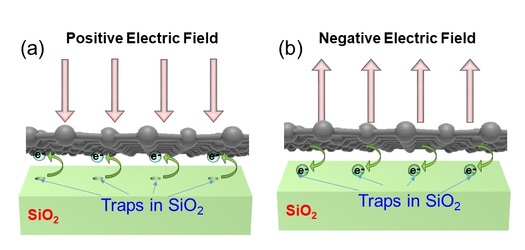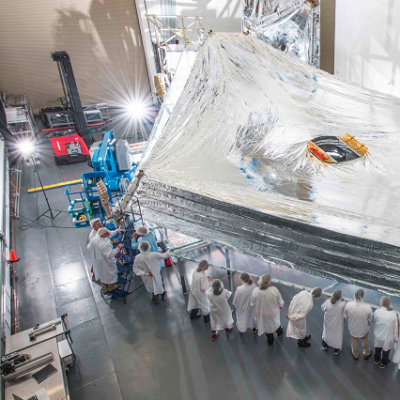The ability to sense the magnitude and polarity of the electric field is of great scientific interest. It has various real-life applications, such as early prediction of lightning and detection of supersonic aircraft. Presently, field mills are the widely used electric field sensors. While they can detect electric fields of either polarity and field of magnitude as low as 1 V/m, the large size (>1m) hinders their wide use for real-life applications.
Also, the motor inside the field mill, which enables the detection of the electric field, is prone to failure. Some efforts have been made to miniaturize the electric field sensor by introducing MEMS-based sensors. While they are small and do not involve any moving parts, the complex fabrication process makes these sensors less cost-effective.
This encouraged researchers at Japan Advanced Institute of Science and Technology (JAIST) and Otowa Electric Co., Ltd., a leading lightning protection equipment manufacturer, to look for a better alternative. Their investigation led to graphene, a two-dimensional material of one atom thickness. "It is well known that the carrier density in graphene is highly sensitive to external perturbations. Such change in carrier density is reflected in the drain current.
Although there was some attempt and proposal to use graphene as an electric field sensor, none of the previous works established the underlying mechanism of electric field sensing in graphene. We realized that it is vital to establish the mechanism first to make any improvement in the sensor, which became our primary goal." says Senior Lecturer Manoharan Muruganathan.

Schematic diagram showing the mechanism of electric field sensing in the graphene sensors for (a) positive and (b) negative electric fields. In the case of the positive electric field, the electrons are attracted towards the graphene channel from the SiO2 layer. In contrast, electrons are transferred from the graphene channel to the traps in the SiO2 layer for the negative electric field.
Through a series of well-thought experiments, the team finally established the mechanism of electric field sensing in graphene. It is found that the transfer of charges between graphene and the traps at the SiO2/graphene interface under the application of an electric field is a crucial phenomenon in the sensing mechanism. Such a transfer of charges and the resultant change in carrier density are reflected as the drain current change. The direction of charge transfer depends on the polarity of the electric field.
The electrons are transferred from traps to graphene under a positive electric field, whereas they are transferred from graphene to traps under a negative electric field. Thus, the change in drain current under an electric field is opposite for positive and negative electric fields, making it easier to detect the field's polarity.
In addition, the number of charge carriers transferred between graphene and the traps depends on the magnitude of the electric field. The higher the electric field, the larger the electrons moved between graphene and the traps. Such difference in the amount of charge transferred is also reflected in the drain current. Thus the drain current variation under the application of an electric field can be equated to the magnitude of the electric field.
Read the original article on EurekAlert.







